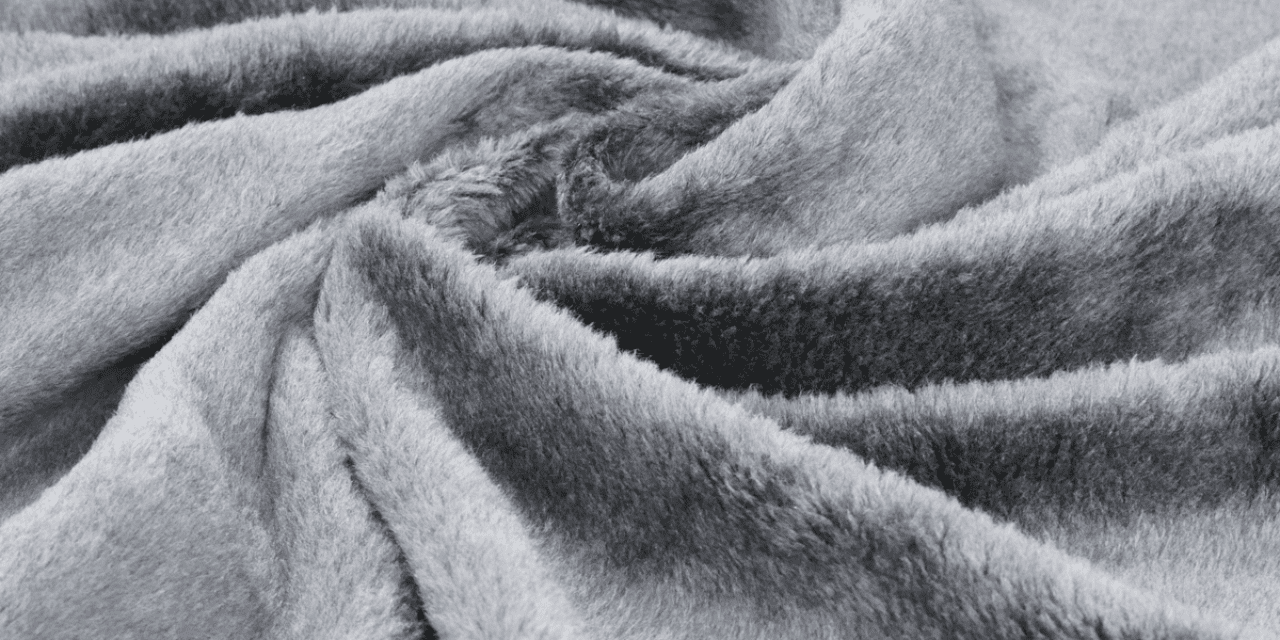The “Cosy Collection,” the newest high-pile fabric line from Taiwan-based Pailung, features high-density pile, two-sided high-pile, and three-layer high pile. These materials are perfect for coats, gloves, and outdoor and winter clothing.
The knitted high pile textiles have diverse colours and fibre lengths, a double-sided application, and a high-density structure. They provide the wearer a full range of motion, are windproof, warm, lightweight, and environmentally friendly.
Adhesives have been heavily utilised in ethical, vegan winter clothing. Ironically, clothing that carries an ethical or vegan label may not actually be recyclable and may end up in a landfill, incinerator, or ocean.
Pailung has created a plush substitute for adhesive technologies that is both ethical and sustainable thanks to recent developments in knitting equipment. Pile textiles may produced affordably without compromising the superior quality that top-tier fashion and apparel manufacturers need.
Recyclable and robust
In order to seal the layers together, high pile fabrics are typically bonded using an adhesive. However, this approach causes a recycling issue. A high pile fabric must first be split into its layers in order to be recycled, and adhesives make this difficult.
The layers are knitted together in Pailung’s proposed method, which eliminates the need for adhesives during manufacture. For recyclability, specific yarn combinations can be used, and recycled yarns can also be used. The entire high pile fabric manufactured utilising Pailung’s process can be recycled, provided that each layer is also recyclable.
Durability is an additional advantage. Due to the fact that Pailung’s high pile cloth is knit, The resulting cloth, when bonded, is exceedingly robust. Adhesives may degrade after numerous washings, whereas knitted materials keep their strength. The bottom layer prevents snagging and shedding, while the surface retains a high level of anti-pilling.
Low Cost of Production
Compared to conventional methods, which need for at least one lamination stage followed by two additional knitting procedures, knitting Pailung’s three-layer high pile fabric requires significantly less labour. Pailung’s high pile cloth only needs to complete the knit-ting procedures. It minimises the need for manpower while also saving time and electricity.
The procedure does not, however, restrict flexibility in terms of manufacturing or design. On the knitting needle, the length of the fibres on either side of the cloth can be directly regulated. machine, giving designers a wide range of options. Additionally, when printing patterns, they won’t transfer to the reverse side of the paper. Controlling fibre length also helps manufacturers by reducing the need for additional shearing.
Comparative Analysis of Silver Knit Fabric
The high pile of Pailung can acquire a density comparable to that of silver woven fabrics. Circular knitting machines are used to create sliver knit fabrics using Pailung’s high pile fabric technology. The manufacturing procedure is where the fabrics’ primary differences are found.
In sliver knitting, a knitting sliver and base yarn are used to attach the facial fibres that resemble fur to the fabric. Compared to typical pile jerseys, sliver knit fabrics have longer and denser heaps on the fabric surface, however the sliver knit fibres are difficult to collect, and the final fabric is usually heavier than Pailung’s high pile.

